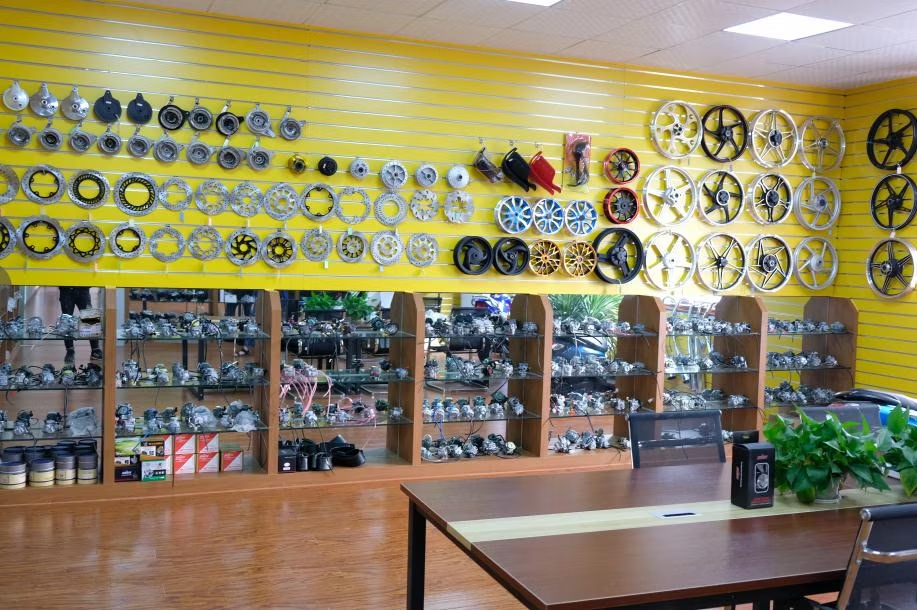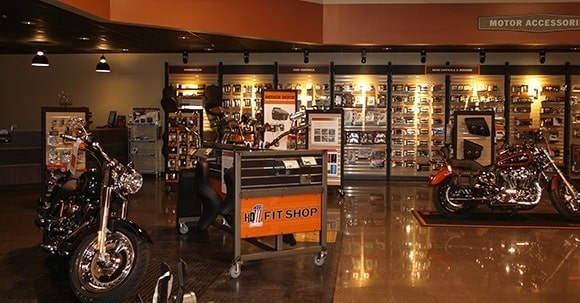Your Best Motorbike Shop for Quality Parts and Accessories
Your Best Motorbike Shop for Quality Parts and Accessories
Blog Article
Recognizing the Vital Parts of a Motorcycle: A Comprehensive Guide for Fanatics
For bike fanatics looking to boost their riding experience and guarantee their bikes run smoothly, recognizing the crucial parts of a motorcycle is extremely important. Each element, from the engine's complex operations to the essential duty of the stopping mechanisms, not only impacts performance but also safety and comfort.
Engine Components

The camshaft plays a crucial function in controlling the timing of the engine's shutoffs, guaranteeing the accurate opening and closing essential for efficient gas and air consumption, as well as exhaust expulsion. This timing is crucial to keeping optimal engine efficiency and performance. Furthermore, the carburetor or fuel injection system, depending upon the motorcycle design, is accountable for blending air with fuel in the right proportion for burning.
The cooling system, either air or liquid-based, functions to preserve the engine's temperature level within functional limitations, avoiding getting too hot and guaranteeing longevity - motorbike shop. Each element, meticulously made and integrated, adds to the smooth operation of the engine, specifying the motorcycle's power output and overall performance
Transmission System
Essential to the motorcycle's capability, the transmission system ensures reliable power transfer from the engine to the wheels. This system makes up a number of crucial elements, including the clutch, transmission, and final drive, each playing a vital role in converting the engine's power into movement. The clutch, generally run by a hand lever, serves to disengage the engine and engage from the transmission, enabling smooth gear changes and controlled acceleration.
The gearbox, typically described as the transmission appropriate, contains a set of gears that riders can manually change with to readjust the bike's rate and torque result. These gears are organized in a series that makes it possible for the motorbike to speed up efficiently and maintain optimal engine efficiency across various speeds. Most motorcycles utilize a consecutive transmission, needing the rider to move gears in a fixed order.
Braking Devices
While understanding the transmission system is vital to harnessing a bike's power, equally crucial is the capability to regulate and stop that power successfully, which is where braking devices enter play. Brakes are vital for safety and efficiency, supplying the biker with the essential control to navigate various terrains and conditions. Normally, motorcycles feature 2 kinds of braking systems: disc brakes and drum brakes.
Disc brakes are much more widespread in modern motorbikes due to their superior performance. This system uses better warm dissipation, regular efficiency, and enhanced stopping power, specifically in wet conditions.
Alternatively, drum brakes, though less typical, are still located in some bikes. They function by pressing brake shoes versus the inner surface of a drum affixed to the wheel. While generally less efficient in warmth dissipation and stopping power, drum brakes are simpler and a lot more cost-effective.
Comprehending these stopping systems' nuances allows motorcyclists to keep their motorcycles appropriately and value the design that ensures efficient and safe stopping.
Suspension and Steering
Suspension and steering systems are important components that significantly influence a motorbike's handling and trip convenience. The shock absorber, containing forks at the front and shock absorbers at the rear, absorbs roadway irregularities, boosting stability and control. Front forks, upside down check this site out or normally telescopic, compress and rebound to mitigate influences, while rear shock absorbers maintain tire contact with the roadway, important for grip and security.
Steering, centered around the handlebars, attaches the cyclist to the bike's directional control. The steering head bearings guarantee smooth operation, allowing precise ability to move. Correct positioning and maintenance of these bearings are essential for foreseeable steering response and lowering rider tiredness.
The suspension's adjustability is one more crucial element; preload, damping, and rebound settings permit modification to match different riding styles and conditions. This versatility is vital for optimizing efficiency, whether navigating urban roads or tackling tough tracks. Technologies like electronic shock absorber offer real-time modifications, enhancing adventure high quality across varied surfaces.

Electrical Equipments
After guaranteeing a controlled and smooth adventure through effective suspension and guiding systems, interest transforms to the electric systems, a critical facet of modern motorbikes. These systems play a critical function not only in beginning the engine but also in powering numerous parts that improve the capability and safety of the motorbike.
At the heart of a motorcycle's electrical system is the battery, which shops electrical energy needed for beginning the engine and powering auxiliary systems - motorcycle parts nz. The generator or generator, coupled with the rectifier-regulator, guarantees the battery stays billed while the bike functions, converting power right into electric energy and maintaining voltage levels
The ignition system, one more essential element, is in charge of sparking the air-fuel mix in the motorcycle exhaust heat shield engine's cyndrical tubes. Modern bikes frequently make use of an electronic ignition system, using better efficiency and integrity compared to traditional systems.
Lighting systems, consisting of fronts lights, tail lights, and indicators, are likewise vital, ensuring visibility and safety for the biker. Added motorbike phone holder waterproof digital elements such as sensing units, control systems, and presents add to innovative attributes like gas injection management, anti-lock braking systems (ABS), and electronic control panels, additionally improving the riding experience.
Final Thought
A complete comprehension of a bike's crucial elements, consisting of the engine, transmission system, braking mechanisms, suspension, guiding, and electrical systems, is crucial for lovers aiming to enhance performance, safety and security, and convenience. Proficiency of these elements enables notified decisions concerning upkeep and upgrades, ultimately improving the riding experience. By incorporating this knowledge, riders can ensure their bikes operate at peak effectiveness and integrity, thereby making the most of both pleasure and durability of their cars.
For bike lovers looking to elevate their riding experience and ensure their bikes run smoothly, comprehending the essential components of a bike is vital.Important to the motorcycle's performance, the transmission system makes certain reliable power transfer from the engine to the wheels.While comprehending the transmission system is key to using a bike's power, equally essential is the capability to manage and quit that power successfully, which is where stopping mechanisms come into play. Usually, motorbikes include 2 types of stopping systems: disc brakes and drum brakes.
A detailed understanding of a motorcycle's important components, including the engine, transmission system, braking mechanisms, suspension, steering, and electric systems, is indispensable for enthusiasts aiming to maximize comfort, performance, and safety and security.
Report this page